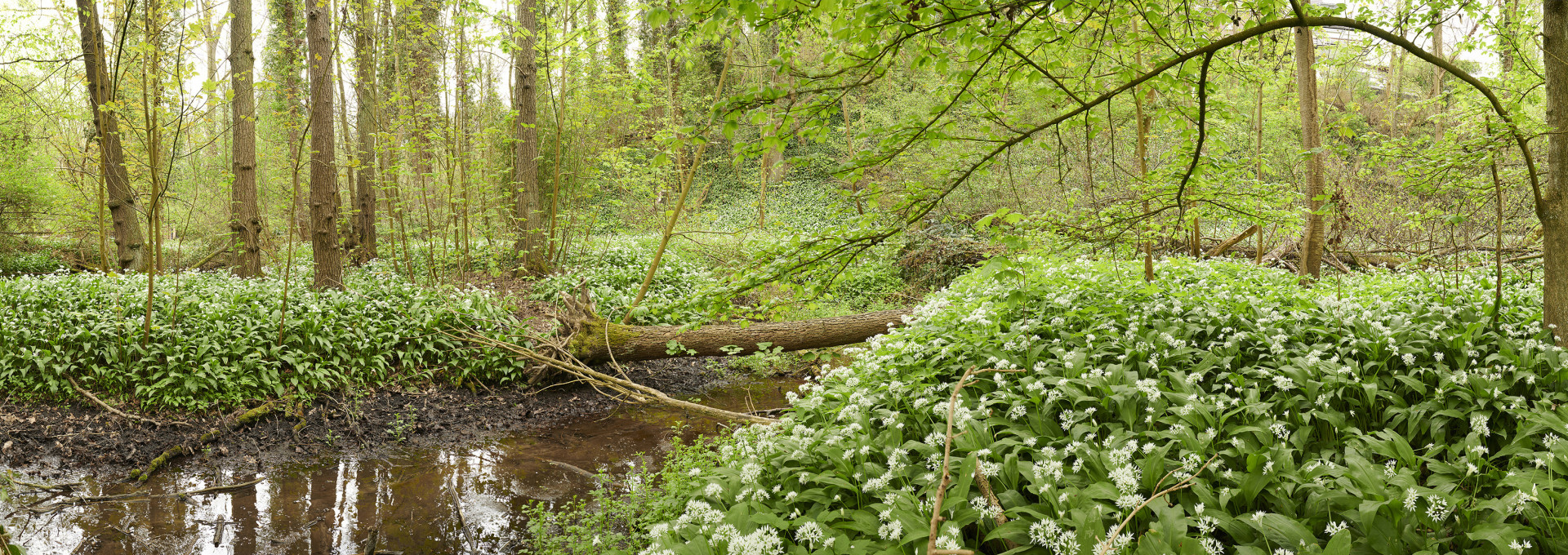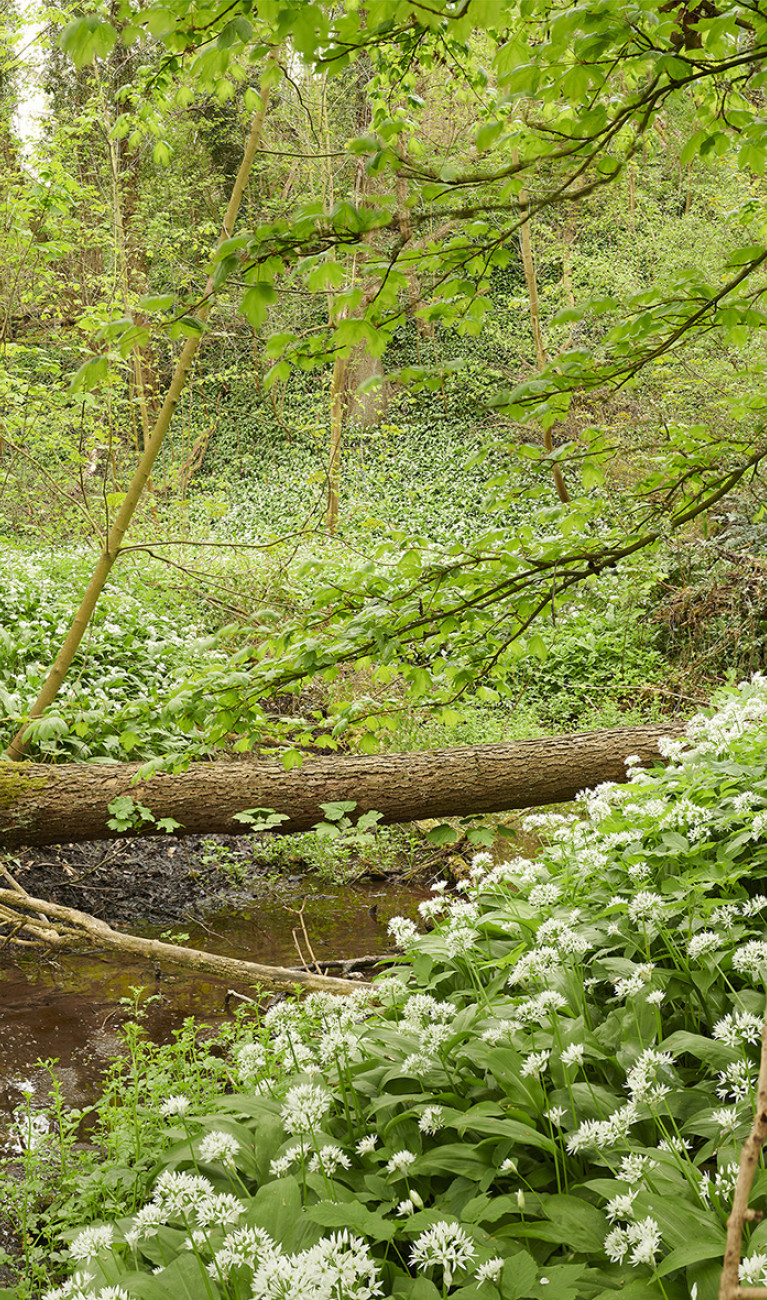



What is the relationship between art and science? What is the special communicative power of art with regard to climate protection? Those questions concern the artist and art historian Andreas Pohlmann. He currently portrays 100 German climate scientists in a panorama format. Among them there are many Helmholtz researchers.
Mr. Pohlmann, you describe your work as experimental nature photography. What does that mean?
With my photos, I develop a form that helps us to understand, that nature is a place that is not outside of our world, as a kind of refuge for leisure activities, as something of which we are a part of and which we need to rediscover. I see nature as a realm that develops habitats, that nurtures biodiversity. This means that in the places where I take pictures, beauty can be experienced, but it is a different beauty than the one we experience in our mechanized civilization. My nature photography is panoramic format photography that tries to take the point of view of nature itself. For this I am only a guest at those places. On the one hand, I feel drawn there, but at the same time a little foreign. And that's exactly what my photographs illustrate.
Your pictures have something lapidary, even trivial, but at the same time magical, something fascinating. For example, your picture of the wild garlic forest at the Rur.
True. There are some floodplains around here. Wild garlic plants have made themselves comfy there and formed colonies. Only a few meters further from the path, in the bushes, you see a completely different world. In total I took about 120 photos for this wild garlic panorama, using sharpness addition and stitching to create an almost surreal image space. But it also seems to be real, because it is very sharp from the front to the back. The painterly is at least as strong as the foreign and the inability to live there. That is a tension that is created.
You are not only an artist, but also a doctor of art history. How would you describe the relationship between art and science?
I think art and science drive people in the same way. In the early phase of humanity, it was certainly much closer. Shamans, people who made herbal techniques, made observations of nature and tried to understand the connections in the chaos in which they lived. They tried, to explain these things, to make them comprehensible. That is certainly where the germ of natural science lies. Today, I would say that art and science are two different perspectives that access the same cosmos. In this, art helps science.
What do you mean by "art helps science"?
Art helps science not by staging the artist, presenting his peculiarities, his individuality, and his creative, special moment. It rather helps by a change of perspective. Scientists have their focus on very high precision data collection, theoretical considerations and modeling. I don't have to do that as an artist. I can jump. I have other degrees of freedom. Moreover, art has a very different communicative effect than science. It can initiate a communicative process. If you look at cave painting 45,000 years ago in France, Picasso says, "when I look at that, we didn't get much beyond that. I can't do any better than what they did there." I think
that is very interesting, because it means that art is something that has been inherent in people for tens of thousands of years. It has an extremely strong power in communication.
The communicative power of art - what does that mean in terms of climate change?
I think that art is something that intervenes in the direct communication process and can therefore be a kind of mentor between science, politics and society. So it means that art is not the one that knows what will come out in the end. It's also not the one that lays out exactly how the path has to go somewhere. The momentum is more the degree of freedom and communication on an eye level, the participation of people on the street. There, we reach completely different people than we do in the media. When you go out on the street, there are the people next door, then you're really vulnerable, you're no longer in the media sector, at a distance.
How does your new project - a series of portraits of 100 climate researchers - contribute to this?
These pictures are nothing more than a kind of fishhook. The 100 pictures are linked to 100 different positions - and thus offer a relatively large cross-section and longitudinal section of German climate research. A dream for me would be an exhibition in the Humboldt Forum, as the beginning of communication. Then, a spin-off of the exhibition would have to be loaded into a truck and be driven to the people, the marketplaces, into the villages. Where we can get in touch with people directly.